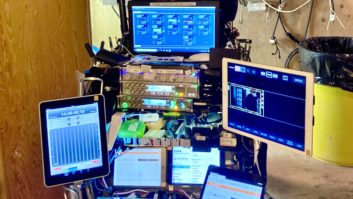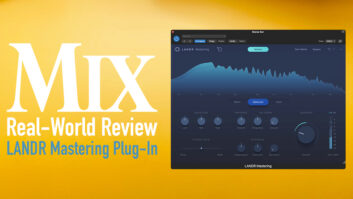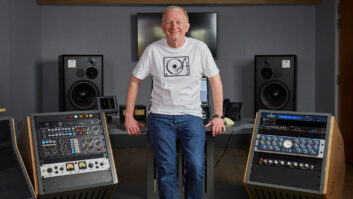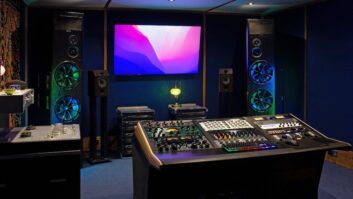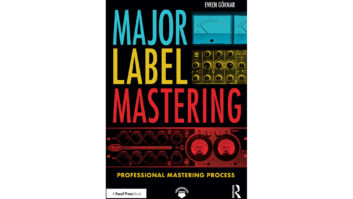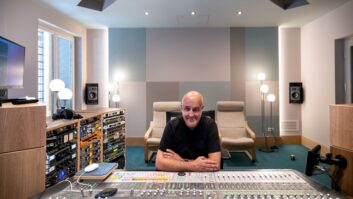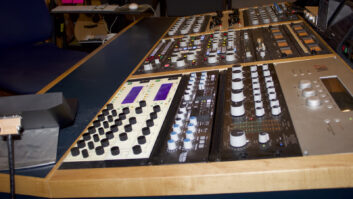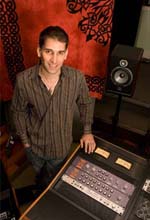
Grammy Award-nominated mastering engineer David Kutch (pictured) has opened the Mastering Palace in New York City. Within months of opening, Kutch has mastered releases from The Roots, Natasha Bedingfield, Erykah Badu and Estelle, as well as classic Al Green.
Kutch began his career working with producers ranging from Phil Ramone to Puff Daddy. In 1997, Kutch helped build Powers House of Sound Mastering Studios with Herb Powers Jr., where he worked on albums for Biggie, Puff Daddy, Lauryn Hill, Jill Scott and Missy Elliot. In 2002, Kutch was nominated for a Grammy Award in the category of Album of the Year for mastering Outkast’s Stankonia LP. After joining Sony Music Studios in 2005, Kutch mastered album releases for Kanye West, The Roots, Jamie Foxx, DMX and Sarah McLaughlan. He also handled DVD mastering for Rod Stewart, Angie Stone, Iron Maiden and Anthrax releases. Prior to opening the Mastering Palace, Kutch spent the summer of 2007 mastering Alicia Keys’ As I Am album at Keys’ studio, as well as other artists’ projects.
The Mastering Palace studio is based around a Studer A820 half-inch analog tape machine for playback and a Digidesign Pro Tools HD system. Kutch uses Magix’ Sequoia DAW for editing. Kutch also uses boutique analog compressors, Prism Sound stereo converters and Maselec MEA-2 mastering EQ, and the TC Electronic System 6000 for digital processing. For critical listening, Kutch depends on Focal Solo 6 and Legacy Focus monitors.
Kutch says that the Dangerous Master and the Dangerous Monitor are two key pieces of analog equipment. “The Dangerous Master brings all of my analog processing gear together in one place,” he explains. “The stereo signal comes in, gets left and right adjustments if need be, then hits my three inserts. One of the things that most attracted me to the Dangerous Master is that there are only three inserts. More inserts equals more noise. In this scenario, less is better! At this stage, I can insert any of my analog equalizers or compressors as needed. I can also insert an EQ or de-esser into the S&M or Mid-Side circuit [of the Master] so I can process the mono and stereo program material independently, as well as increase or decrease the stereo width without messing with the phase. I’ve tried other devices that claim to do this but they do not even come close.
“My Dangerous Monitor lets me have control over speaker volume, as well as listening to my different analog and digital signal inputs,” Kutch continues. “The best feature is the onboard D/A converter. It switches from one AES input to another without any pops, glitches or latency—again, a rare feature. This way I can compare pre- and post-processing with the same D/A conversion on both sources.
“Besides having my system sound as good as it can, the gear just does not break down when the client is present,” Kutch concludes. “Since the Dangerous Music equipment is what ties my all of my gear together, it has to work all the time. If it went down, the session would be dead. I’ve been using equipment designed by Chris [Muth] for 11 years and I’ve never had a piece break. It just works!”
For more information, visit www.themasteringpalace.com and www.dangerousmusic.com.
